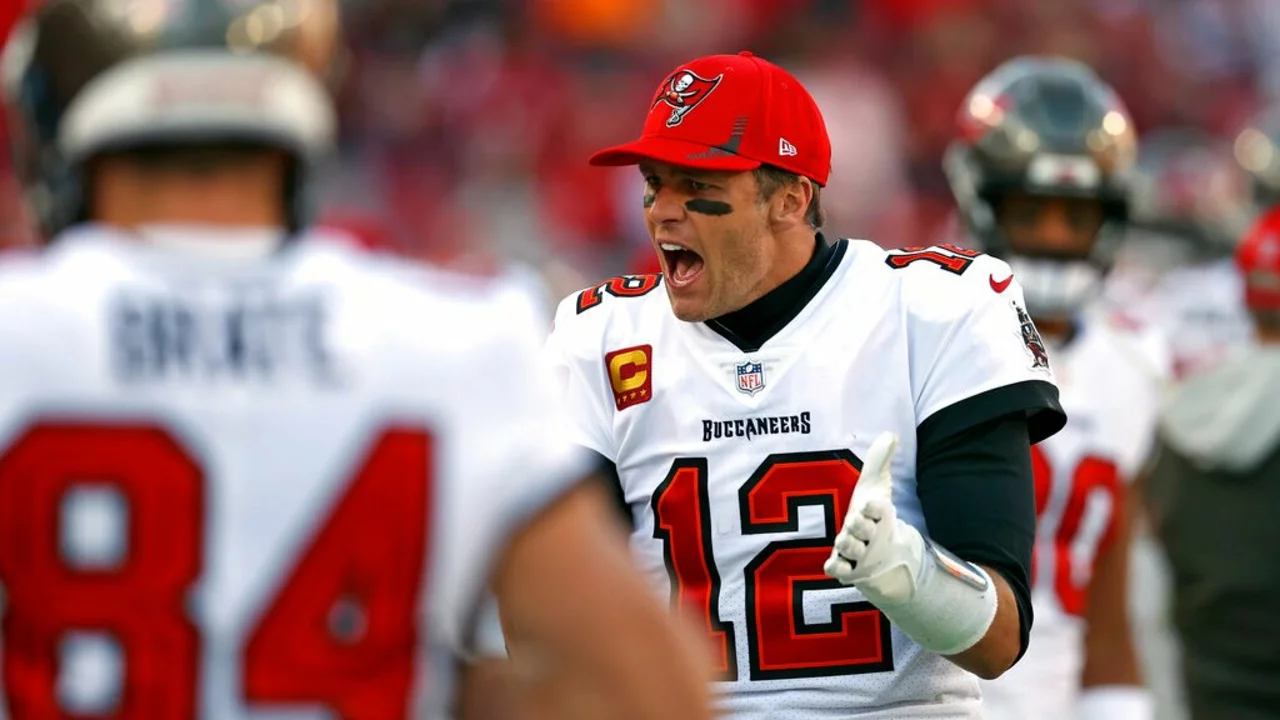Everything You Need to Know About an NFL Career
Thinking about what life looks like for a pro football player? Whether you’re a fan, a high‑school star, or just curious, this guide breaks down the whole NFL career path in plain English.
How NFL Careers Start
Most players begin with a college football program. Scouts watch games, look at stats, and talk to coaches. If a player stands out, they might get invited to the NFL Scouting Combine – a week of drills, interviews, and medical exams. A strong showing can bump a player's draft stock.
During the draft, each team picks players in a set order. Early rounds usually land the most highly rated prospects, and those picks come with bigger contracts and more media attention. Late‑round picks and undrafted free agents still get a chance, but they have to prove themselves quickly in training camp.
Rookie contracts are mostly fixed by the league’s collective bargaining agreement. That means most first‑year deals are for four years, with a set salary based on draft position. The fifth year can be an option for first‑round picks, giving teams a chance to keep a star longer.
What Keeps a Player in the League
Staying in the NFL isn’t just about raw talent. Consistency, health, and work ethic matter just as much. Players who avoid major injuries and stay in shape can add years to their careers. That’s why teams monitor weight, sleep, and recovery routines closely.
Performance stats – like passing yards, tackles, or touchdowns – are the easiest way to judge a player. But coaches also look at less obvious metrics such as pressure rates for quarterbacks or route‑running precision for receivers. Improving these numbers each season makes a player more valuable.
Contracts evolve as a player proves themselves. Performance bonuses, guaranteed money, and extensions become part of the deal. A solid second‑year contract can jump from a few hundred thousand dollars to multi‑million guarantees.
Leadership on and off the field also extends a career. Veteran players who mentor younger teammates, stay involved in the community, and maintain a positive locker‑room presence often earn extra trust from coaches. That trust can translate into more playing time and longer contracts.
When the body finally starts to wear down, many players transition to coaching, broadcasting, or business ventures. The NFL’s Player Development program offers resources for career planning, financial education, and health management, helping athletes plan the next chapter before they hang up their cleats.
In short, an NFL career starts with college performance, gets shaped by the draft, and lasts as long as a player can stay healthy, improve stats, and add value beyond the field. Knowing these steps helps fans appreciate the grind behind every game‑day roster.





